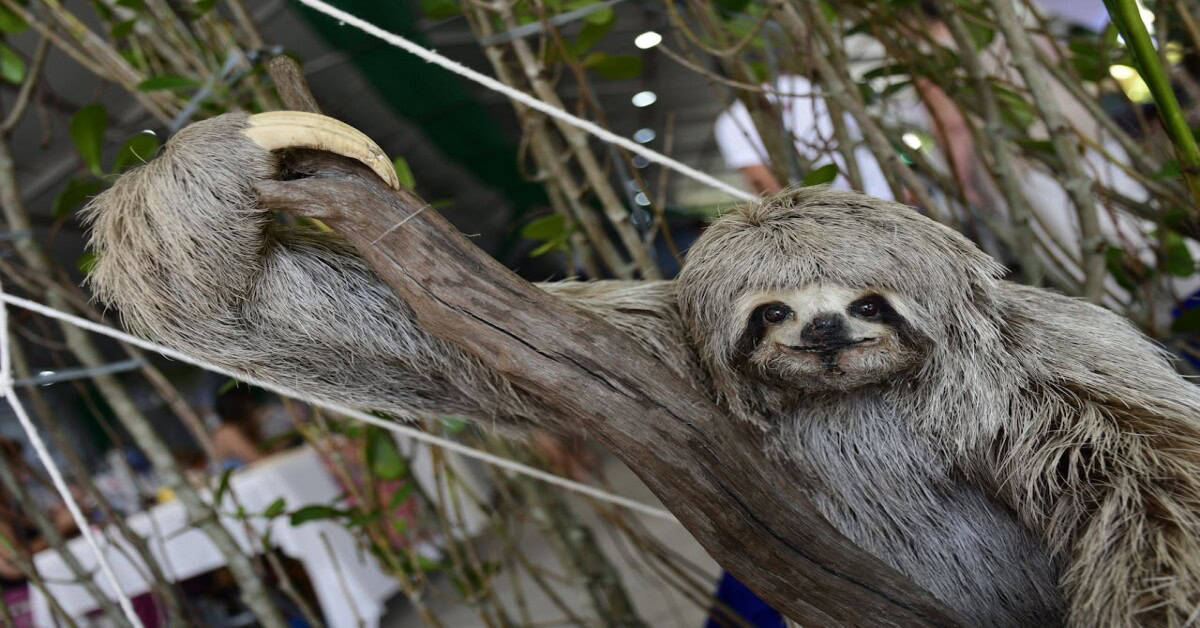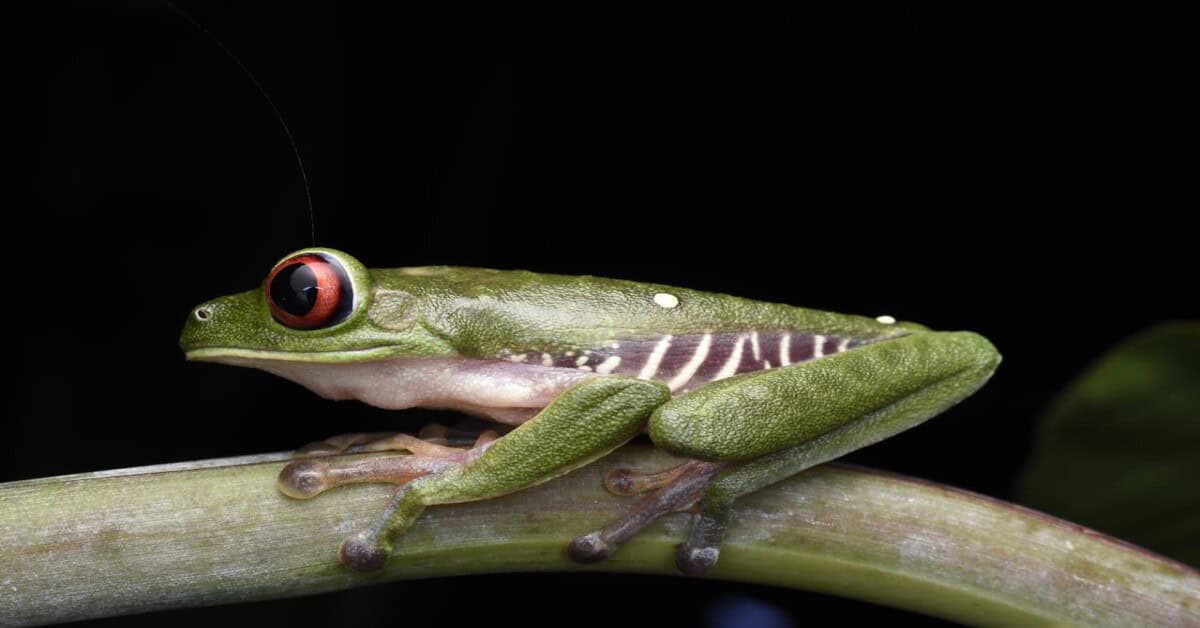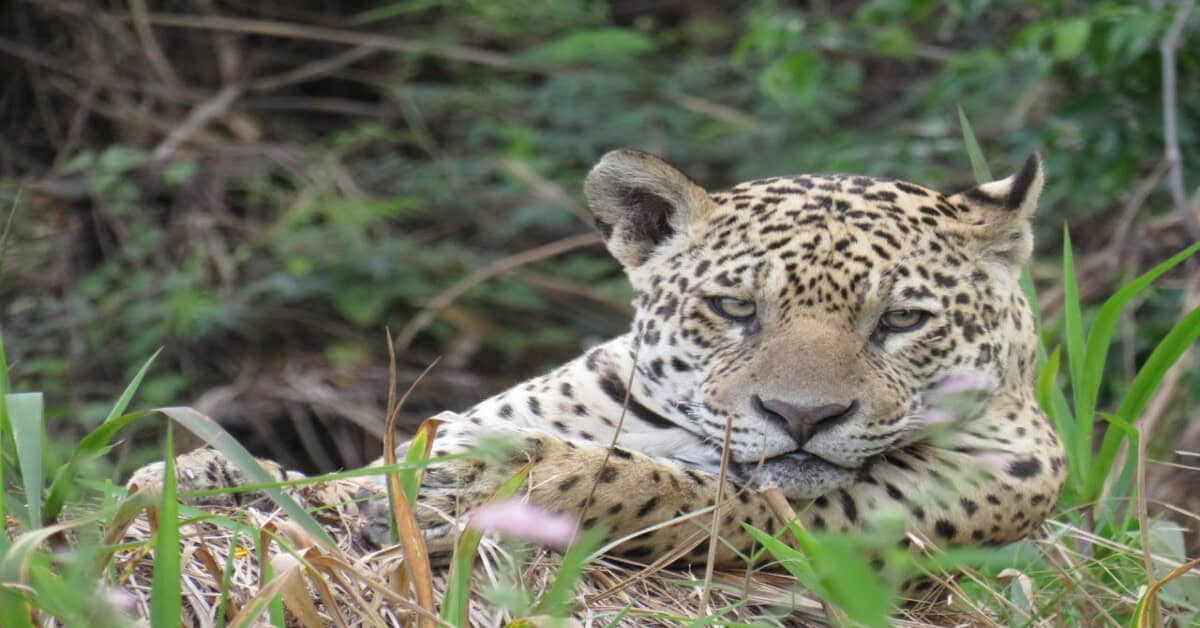Tropical evergreen forests are lush, dense forests that stay green all year round. These forests are found in regions with heavy rainfall and warm temperatures. Tropical evergreen forest animal biodiversity reveals a world of unique and diverse species.
Biodiversity in these forests is incredibly important. It supports complex ecosystems where each species plays a role. This biodiversity helps to maintain ecological balance and provides resources like medicine and food. The rich variety of animals also supports other life forms, ensuring the forest’s health and resilience.
The purpose of this blog post is to highlight the incredible animal diversity in tropical evergreen forests. We will explore where these forests are located, the unique wildlife they harbour, and the importance of conserving these precious ecosystems.
What are Tropical Evergreen Forests?
Tropical evergreen forests are dense forests that remain green throughout the year. These forests are located in regions with heavy rainfall and warm temperatures.
Characteristics of Tropical Evergreen Forests:
- Tall trees with broad leaves
- Multiple layers of vegetation
- High biodiversity
- Constantly moist soil
- Thick canopy cover
The climate in tropical evergreen forests is warm and humid, with temperatures usually above 18°C. These forests receive a lot of rain, often more than 200 cm annually.
The consistent climate and rich soil support a vast array of plant and animal species, making these forests some of the most biologically diverse places on Earth.
Where are Tropical Evergreen Forests Found?
Tropical evergreen forests are found in regions close to the equator where the climate is warm and wet year-round. These forests are globally distributed, mainly in South America, Africa, Asia, and Australia.
One of the most famous tropical evergreen forests is the Amazon Rainforest in South America. In Africa, the Congo Basin is another prime example. These forests are rich in biodiversity and home to numerous unique species.
In India, tropical evergreen forests are located in the Western Ghats, Andaman and Nicobar Islands, and parts of the north eastern states. These areas receive heavy rainfall, supporting lush, dense vegetation.
The widespread presence of these forests across the globe highlights their ecological significance and the need for conservation.
Wildlife of Tropical Evergreen Forests
Tropical evergreen forests are home to a vast array of animal species. Mammals, birds, reptiles, amphibians, and insects thrive in these dense, lush environments.
The constant warm climate and abundant rainfall support diverse ecosystems. Each species has adapted uniquely to survive and thrive in these forests.
Mammals
Jaguar: Jaguars are powerful swimmers with a robust build. They have a strong bite and primarily hunt in water, preying on fish, caimans, and capybaras.
Orangutan: Orangutans are arboreal primates with long arms and reddish-brown hair. They live in trees and use their strong limbs to swing between branches.
Asian Elephant: These large mammals are known for their strength and intelligence. They create paths in the forest, which other animals use.
Bengal Tiger: Bengal tigers have a distinctive striped coat that provides camouflage. They are skilled hunters, often stalking their prey silently.
Sloth: Sloths move slowly and spend most of their time hanging upside down from tree branches. They have a slow metabolism and feed on leaves.
Malayan Tapir: This nocturnal mammal has a distinctive black-and-white colouring. It uses its trunk-like snout to forage for leaves and fruit at night.

Also Read: Understanding Tropical Evergreen and Deciduous Forest Distinctions
Birds
Harpy Eagle: Harpy eagles are powerful birds of prey with large talons. They hunt monkeys and sloths in the dense canopy.
Scarlet Macaw: These parrots have bright red, blue, and yellow feathers. They use their strong beaks to crack open nuts and seeds.
Toucan: Toucans are known for their large, colourful bills, which they use to reach and eat fruit. Their vibrant plumage helps them blend into the forest.
Hornbill: Hornbills have a unique casque on their beaks. They play a crucial role in seed dispersal by consuming and spreading fruit seeds.
Great Argus: Male Great Argus pheasants are known for their long tail feathers and intricate mating dance. They display their feathers to attract females.
Sunbird: Sunbirds have long, curved beaks ideal for feeding on nectar. They are small and brightly coloured, often shimmering in the sunlight.

Reptiles
Green Anaconda: Green anacondas are among the largest snakes in the world. They are excellent swimmers and use constriction to subdue their prey.
King Cobra: The king cobra is highly venomous and can stand upright when threatened. It preys on other snakes and small animals.
Gecko: Geckos have sticky toe pads that allow them to climb smooth surfaces. They are known for their vocalizations and ability to regenerate lost tails.
Iguana: Iguanas are large, herbivorous lizards with strong climbing abilities. They often bask in the sun to regulate their body temperature.
Komodo Dragon: Komodo dragons are the largest lizards, with a powerful bite and venomous saliva. They are apex predators in their habitat.
Python: Pythons are constrictors that ambush their prey. They have heat-sensing pits to detect warm-blooded animals, aiding in their hunting.

Amphibians
Poison Dart Frog: These frogs are brightly coloured and secrete toxins through their skin. The vibrant colours warn predators of their toxicity.
Tree Frog: Tree frogs have suction cups on their feet, allowing them to cling to leaves and branches. They are often active at night.
Axolotl: Axolotls are aquatic amphibians capable of regenerating limbs. They have external gills and are primarily found in water.
Glass Frog: Glass frogs have transparent skin, revealing their internal organs. This unique adaptation helps them blend into their surroundings.
Salamander: Salamanders have moist skin and live near water. They can regenerate lost limbs and are sensitive to environmental changes.
Caecilian: Caecilians are legless amphibians that burrow underground. They have a worm-like appearance and feed on soil-dwelling invertebrates.

Insects
Leafcutter Ant: Leafcutter ants cut and carry leaves to cultivate fungus, their primary food source. They live in large colonies with complex social structures.
Morpho Butterfly: These butterflies have iridescent blue wings that reflect light. The bright coloration helps startle predators.
Goliath Beetle: Goliath beetles are among the largest beetles, with a strong exoskeleton. They are primarily found in Africa and feed on tree sap and fruit.
Bullet Ant: Known for their painful sting, bullet ants are formidable predators. They use powerful jaws to capture prey and defend their colony.
Praying Mantis: Praying mantises have long front legs adapted for catching prey. They are camouflaged and wait motionlessly to ambush insects.
Dragonfly: Dragonflies are agile fliers and skilled hunters. They have large eyes and can capture insects mid-air with their legs.

Unique and Notable Species
Okapi: The okapi, related to the giraffe, has zebra-like stripes on its legs. It is found in the Congo Basin and is solitary.
Quetzal: Quetzals have vibrant green and red plumage. They are considered sacred in many cultures and live in Central American forests.
Aye-aye: Aye-ayes are nocturnal lemurs with a long middle finger used to extract insects from tree bark. They are native to Madagascar.
Pangolin: Pangolins are covered in protective scales and roll into a ball when threatened. They primarily feed on ants and termites.
Red Panda: Red pandas have reddish-brown fur and a bushy tail. They are found in the Eastern Himalayas and spend most of their time in trees.
Flying Fox: Flying foxes are large fruit bats essential for pollination and seed dispersal. They have a wingspan of up to six feet and feed on fruit and nectar.
Adaptations of Animals to the Tropical Evergreen Environment
Animals in tropical evergreen forests have developed various adaptations to thrive. Many species are arboreal, with strong limbs and tails for climbing. Camouflage is common, helping both predators and prey blend into the lush environment.
Toxic defenses, like those of poison dart frogs, deter predators. Nocturnal habits allow animals to avoid daytime threats, and diverse feeding strategies reduce competition for resources. These adaptations ensure survival in the dense, competitive forest ecosystem.
The Importance of Biodiversity in Tropical Evergreen Forests
Biodiversity in tropical evergreen forests is crucial for ecological stability. These forests support a wide variety of plant and animal species. Each species plays a unique role, contributing to the overall health of the ecosystem.
This diversity ensures that natural processes, like pollination and nutrient cycling, continue smoothly.
Maintaining ecological balance is another key benefit of high biodiversity. Predators keep prey populations in check, while herbivores prevent plant overgrowth. This balance helps sustain the forest, allowing it to thrive.
Diverse species interactions create a resilient ecosystem, better able to withstand environmental changes and human impacts.
Tropical evergreen forests also significantly contribute to global biodiversity. They house countless unique species not found elsewhere. This genetic diversity is vital for medical research, agriculture, and ecosystem services worldwide.
Protecting these forests helps preserve global biodiversity, supporting life on Earth in myriad ways.
Conservation Efforts and Strategies
Current conservation initiatives are vital for protecting tropical evergreen forests. In India, the Western Ghats Biodiversity Hotspot project focuses on preserving unique species and habitats.
Globally, the Amazon Rainforest has seen efforts like the REDD+ program, which aims to reduce deforestation and support sustainable land use.
Governments, NGOs, and local communities all play critical roles in conservation. Governments enforce laws to protect forests and wildlife.
NGOs, like the World Wildlife Fund (WWF), provide funding and expertise for conservation projects. Local communities help by practicing sustainable land use and participating in eco-friendly initiatives.
Sustainable practices and eco-tourism also contribute to conservation. Sustainable forestry and agriculture reduce habitat destruction.
Eco-tourism promotes awareness and provides income for local communities while minimizing environmental impact. These combined efforts help protect tropical evergreen forests for future generations.
Conclusion
Tropical evergreen forest animal biodiversity is vital to our planet’s health, offering immense biodiversity and ecological benefits.
Protecting tropical evergreen forest animal biodiversity ensures the survival of countless species and maintains ecological balance.
To safeguard these precious ecosystems, we must support conservation efforts, promote sustainable practices, and raise awareness.
By working together, we can preserve these forests for future generations. Let’s take action now to protect our natural world.






